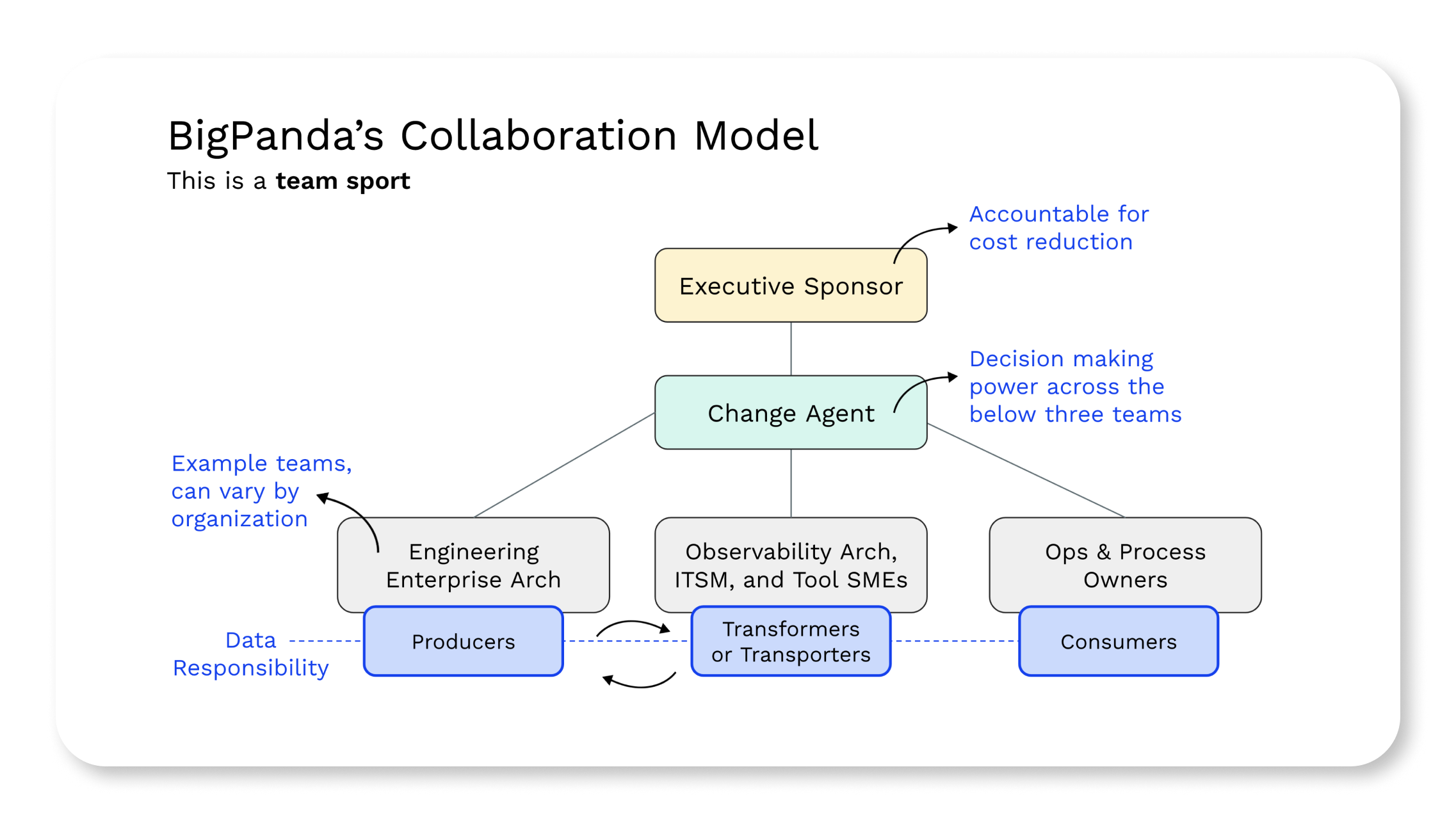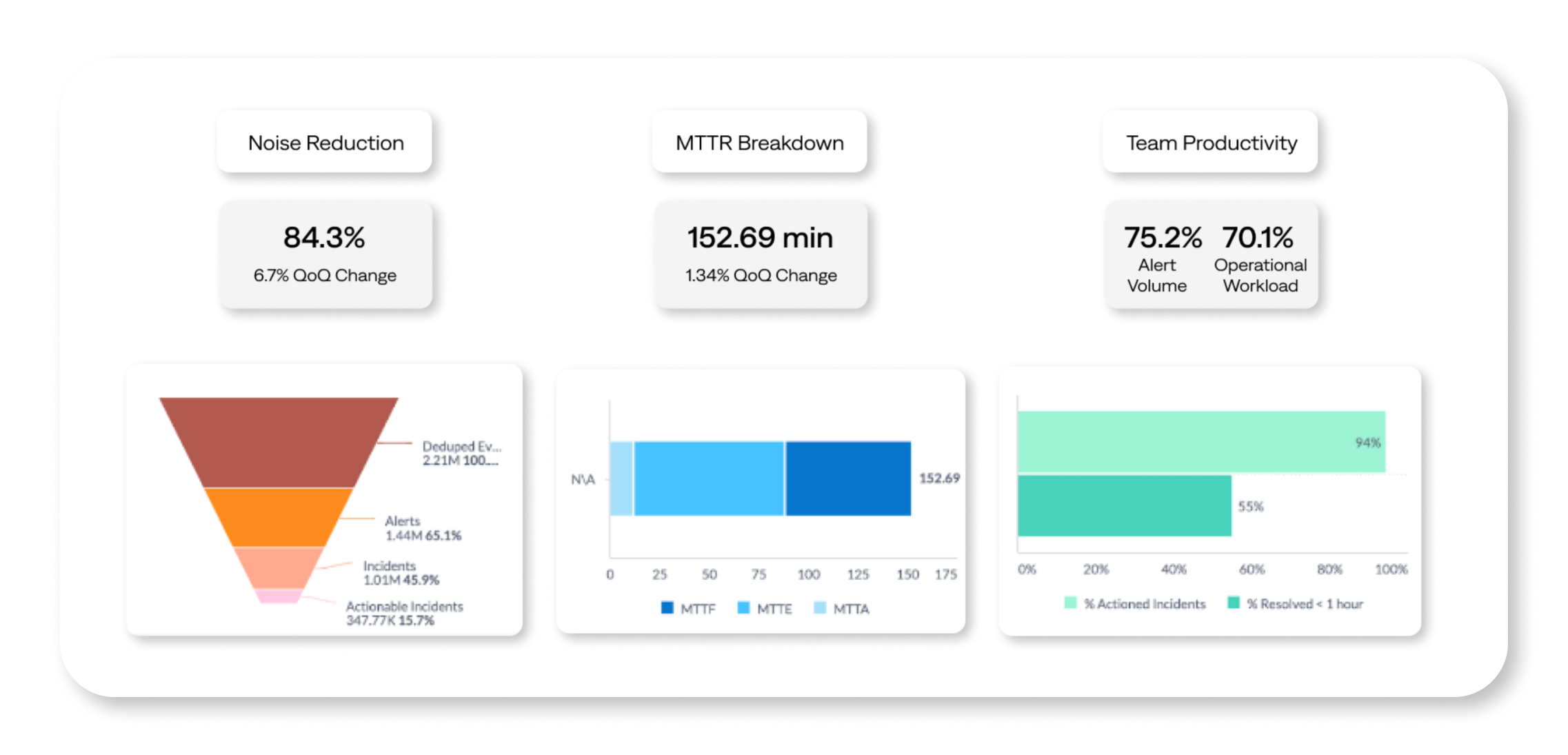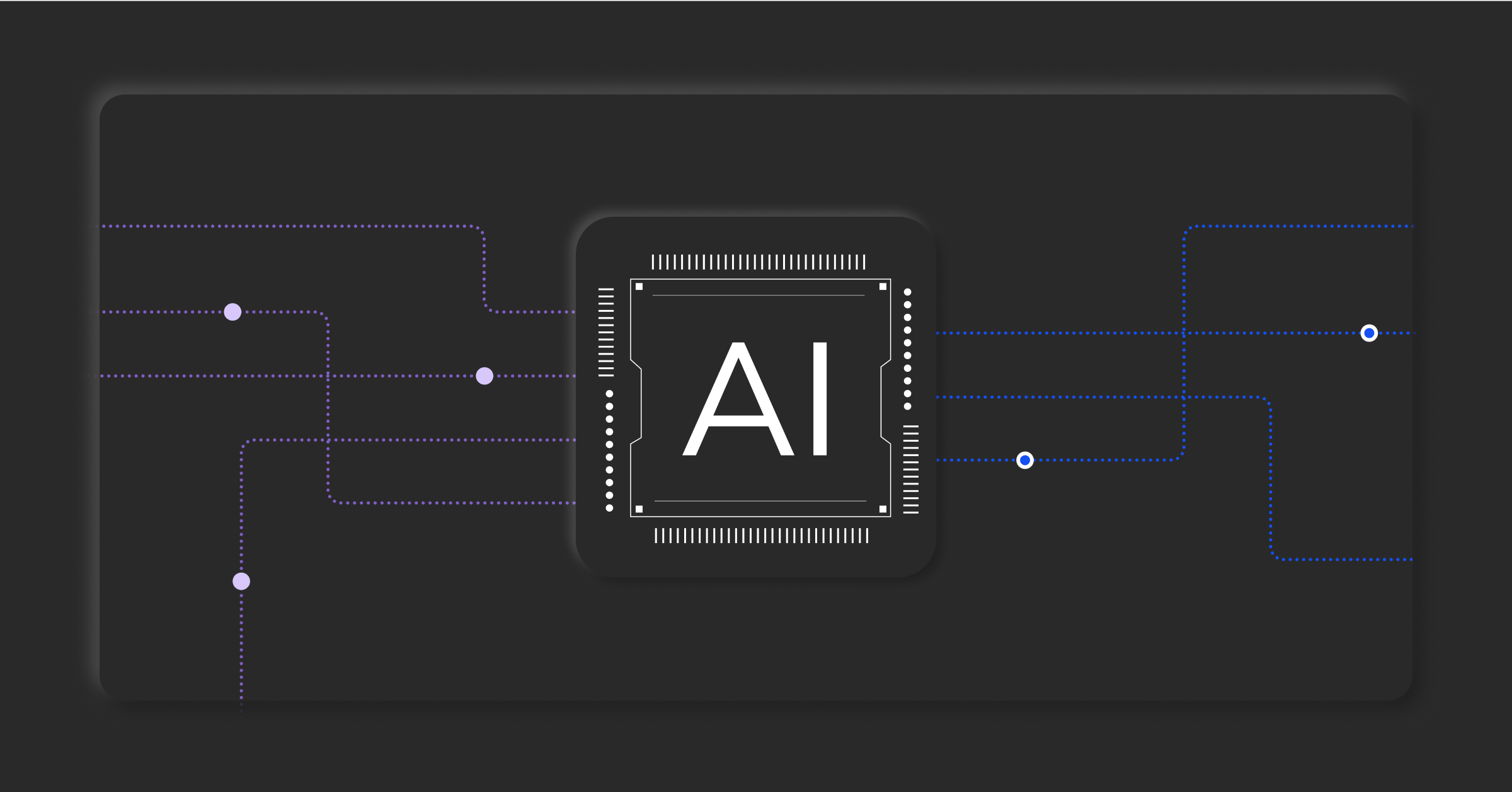Building a team for successful AIOps adoption

As pressure increases on enterprise IT teams to streamline processes and reduce downtime, many organizations are looking for new tools and strategies. Customers and stakeholders expect operational efficiency and service reliability. Tools within the AIOps industry can relieve the pressure by reducing alert noise, automating manual workflows, and reducing mean time to resolution (MTTR).
However, the challenges don’t end at tool purchase. Organizational change management is a pressing challenge that extends into implementation and ongoing adoption. See my recent post, “The human element of implementing AIOps,” for more detail.
AIOps is a team sport. If a team consists of rock stars playing for themselves, you’re likely to face miscommunication and silos. Ensuring effective adoption of the latest tools and technology across your organization is significantly easier when you have a strong team working toward the same goal.
Who are the key players?
You can drastically improve time-to-value by including the right people from the beginning of your project. Success depends on alignment from ITOps, observability tool owners, incident management, operational leaders, and senior IT leadership teams.
As a best practice during implementation, identify tool owners or incident management owners to verify that the new processes align with how their teams work.
When assembling your core team, remember that different teams are active at various stages. However, you want to ensure that each stakeholder knows about the AIOps product implementation, its value to their team, and how it will affect their existing tools and workflows.

Collaboration best practices
Once you have your team in place, you can set up ways of working together. Collaboration is important for seamless operations. Our professional services teams have identified the following best practices during AIOps adoption:
- Start early: Include your core stakeholders at the beginning of the process. You’ll need to think beyond the pain points of individual teams to address the needs of the larger organization.
- Set goals: Set a clear, achievable goal that aligns with the group’s needs. The tool champion can drive the main goal, but the goal itself should reflect and benefit the broader group.
- Be realistic: Many projects fail because the scope is too broad. Identify critical data sources and start by building processes just for those tools. Once you’ve achieved success and demonstrated value with your initial targets, you can duplicate the processes across more tools.
Continuous multilevel communication
To achieve deep adoption across the organization, provide leaders and peers with continuous progress updates. Know your audience: Whether you’re sharing information with senior leaders or specific functional teams, you need to deliver information in a way they understand — and about the things they care about most.
Vertical communication with leadership
Senior IT leaders are usually most interested in your larger goals, such as operational efficiency and eliminating manual workflows. Use dashboards like BigPanda Unified Analytics to showcase the initiative’s impact, progress, and time-to-value.

Horizontal cross-functional communication
An implementation project includes multiple teams working on different elements toward the bigger goal. By working together, you can eliminate silos and ensure each team receives recognition for its efforts. Some best practices when collaborating across teams include:
- Set up communication channels that encourage collaboration.
- Map out the larger project and indicate how and when each team supports the initiative’s success.
- Implement transparent workflows and provide documentation ready for reference.
- Make it easy for teams to share their concerns and be willing to make adjustments.
Success depends on collaboration from all teams across an IT organization and providing clarity about the value each team provides.
Your next steps
How you handle organizational change management is vital to the success of a program, process, or department. Communication and collaboration are crucial to the adoption of AIOps tools and processes. Watch our “Change Management Strategies for AIOps Adoption” webinar to learn more about driving organizational change management.



